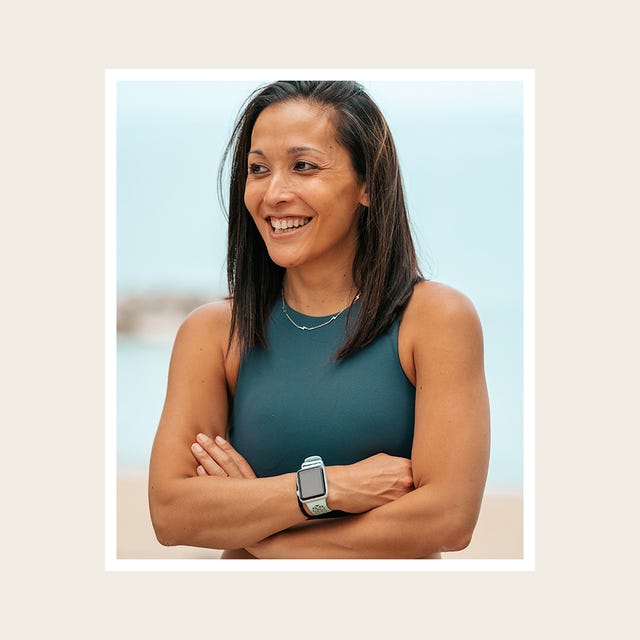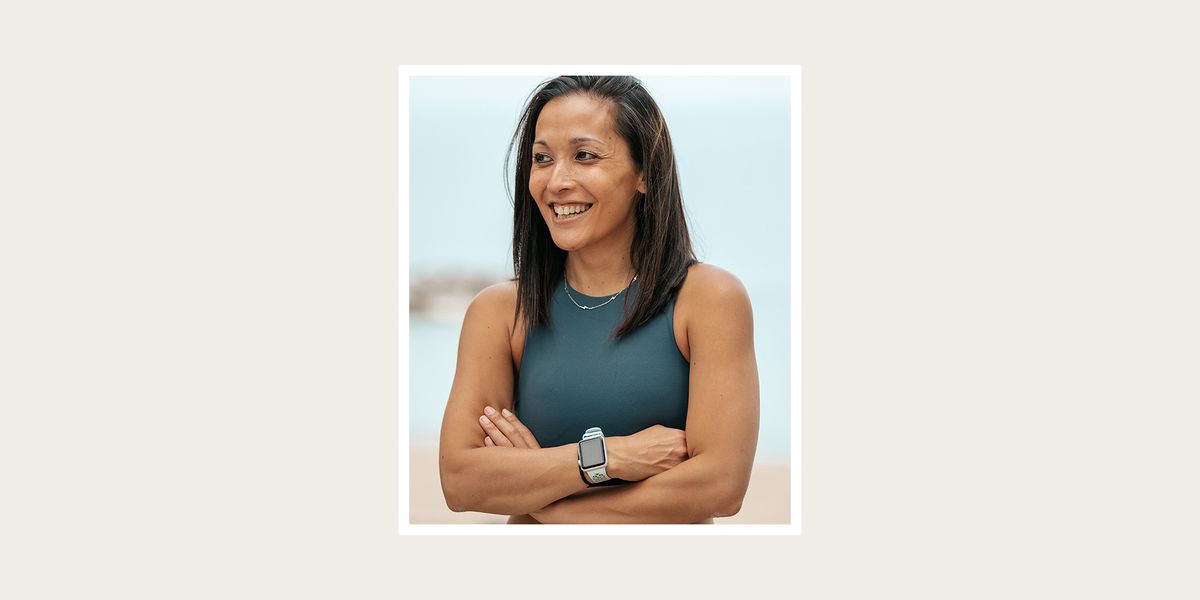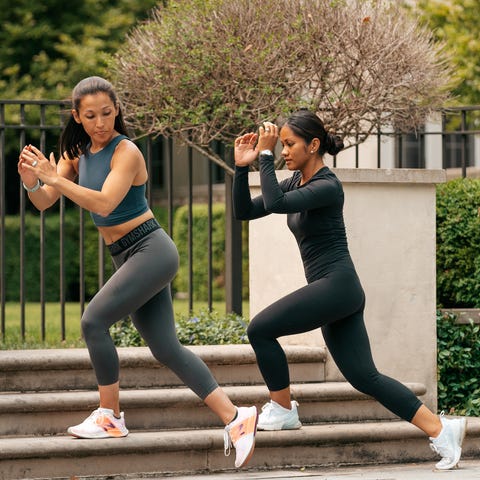Products You May Like

Courtesy of Lauren Scholl
Chicago-area resident Lauren Scholl, 33, was diagnosed with psoriatic arthritis four years ago. Here’s her story.
About five years ago, I started experiencing extreme pain in my feet. I was a competitive ballroom-dance instructor and professional dancer at the time, and I just assumed the pain was because I was constantly on my feet at work. But this pain was tough to work around.
I had intense stiffness in my feet, and my toes could not flex—there was no range of motion at all. I couldn’t even get into a lunge position or kneel and put my toes on the ground because they just wouldn’t move that way. When I walked, it felt like my feet had bruises all over them, even though they looked fine from the outside.
I finally decided it was time to see a podiatrist. He took X-rays of my legs and feet and spotted specific arthritis patterns in my toes. I was shocked—I was just 28 at the time. Could arthritis really affect me at such a young age?
I was referred to a rheumatologist, who ran blood work, examined my X-rays, and asked about my personal and family history, taking careful note of the fact that autoimmune diseases run in my family. Eventually I was given a diagnosis: I had psoriatic arthritis.
Learning to live with psoriatic arthritis
I didn’t know it at the time, but psoriatic arthritis is a chronic inflammatory disease that causes swelling in the joints. It usually happens in conjunction with psoriasis, a chronic skin condition that causes itchy, scaly patches of irritated skin. I had been diagnosed with psoriasis about five years prior, which helped my doctor make the connection.
The initial medication I was put on didn’t work well for me. I suddenly developed depression, which I had never had in my life. I didn’t even know how to identify it when it first showed up, but eventually I realized that the way I was feeling wasn’t normal. So my doctor switched my medication after six months.
It didn’t help that I was also struggling a lot at work as a dance instructor because of the pain. I tried to ignore it, but by the end of the day, I was physically, mentally, and emotionally exhausted from fighting through so much agony. On top of that, I got pregnant. The extra stress of pregnancy on my expanding and changing body made things that much harder.
Making changes to help
Around this same time, I was introduced to an online arthritis support organization called CreakyJoints, where I met people who helped me deal with my illness. They also helped me make tweaks to my everyday lifestyle. I learned to track my symptoms to identify triggers; eliminate certain foods from my diet that contained sugar, gluten, and dairy; and schedule my work days and social calendar around the times I was least symptomatic, to minimize the pain as best as I could.
Unfortunately with my condition, I experienced discomfort both when I was active and when I was at rest. I took a lot of over-the-counter (OTC) anti-inflammatories and I tried ice, heat, and any type of OTC topical cream that stood a chance of making me feel better. But the pain persevered, and it started spreading to other areas of my body, like my knees and shoulders. Each day was a struggle, but I loved dance so much and it was the one thing I didn’t want to give it up. I remember giving myself daily pep talks about how I could get through this and tough it out, even though it was becoming increasingly clear that I couldn’t.
A major career and life change
Finally, my body was not able to handle it anymore. I decided to leave dance. I was devastated—dance was a part of my identity—but I had to make a change. I couldn’t take the intense daily agony.
I was a stay-at-home mom for a bit, but I learned that just wasn’t for me. I felt like I had more to share with the world, and I wanted to continue to pursue my career. I realized that what I loved most about performing was being active—and I wasn’t going to let psoriatic arthritis take that away from me. So I decided to get my personal training certification, and later went on to become a certified nutrition coach, too. I now train clients full-time and in person, and help others that I can’t see in person through comprehensive fitness and nutrition online coaching.
Personal training is a way for me to continue to be active, and it’s more manageable than constantly demonstrating dance moves (or doing them in competitions). For example, if I need to sit on a bench while I’m working, I can sit on a bench. That wasn’t an option when I was teaching people to dance—I would need to physically dance with someone to teach them the steps. Now I use my words a bit more than my body to help people get to where they need to be. I’ve found a way to work around an illness that was holding me back, and I try to instill that in the people I work with now, too. You may get injured or experience another roadblock along your journey, but that doesn’t mean you have to stop exercising or working toward your goals—you just have to get creative and find ways around it.
I’m still battling my illness. I have good days and bad days. And I’m still trying to find the right medication or combination of medications that can get my inflammation markers down. But overall, I’m trying to find the right balance of living my life to the fullest while minimizing my pain, and I’m hopeful that I’ll be able to do just that.
This content is created and maintained by a third party, and imported onto this page to help users provide their email addresses. You may be able to find more information about this and similar content at piano.io

